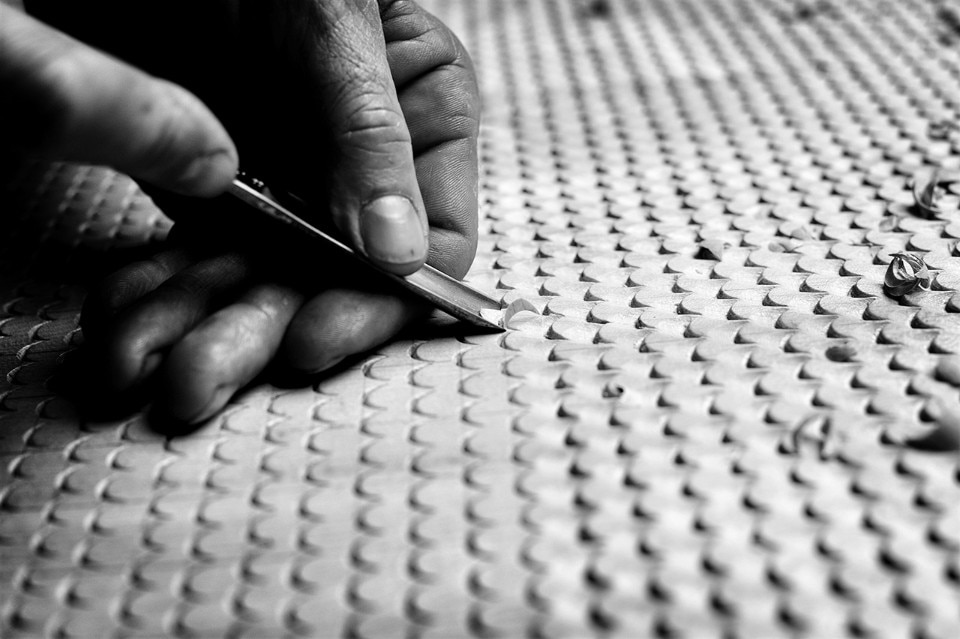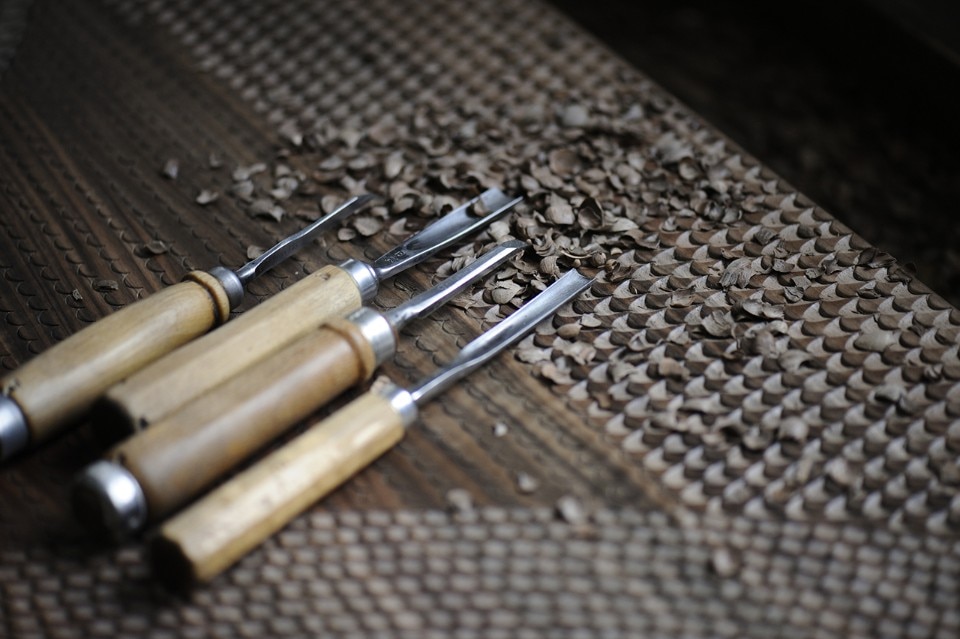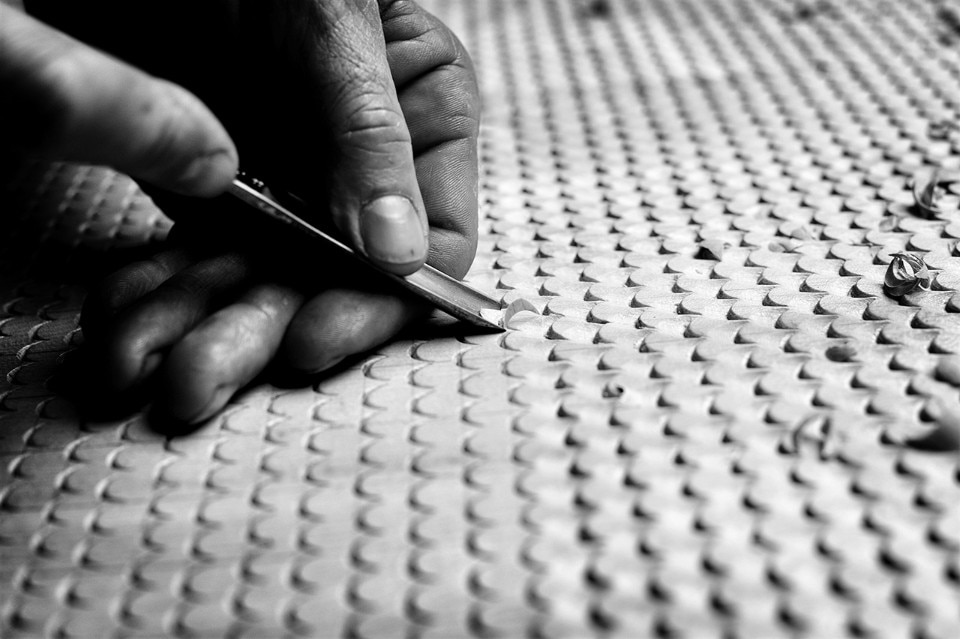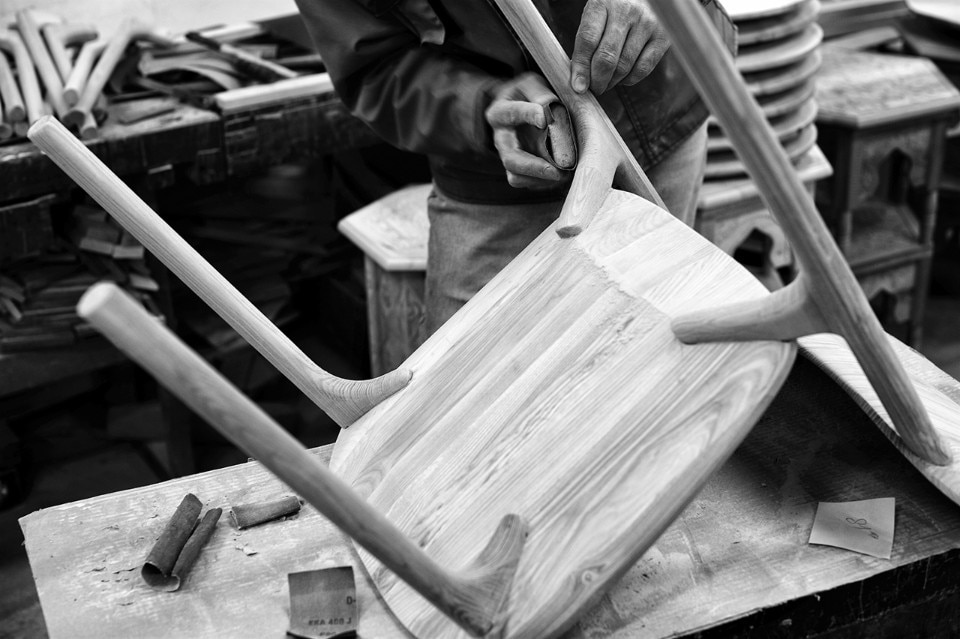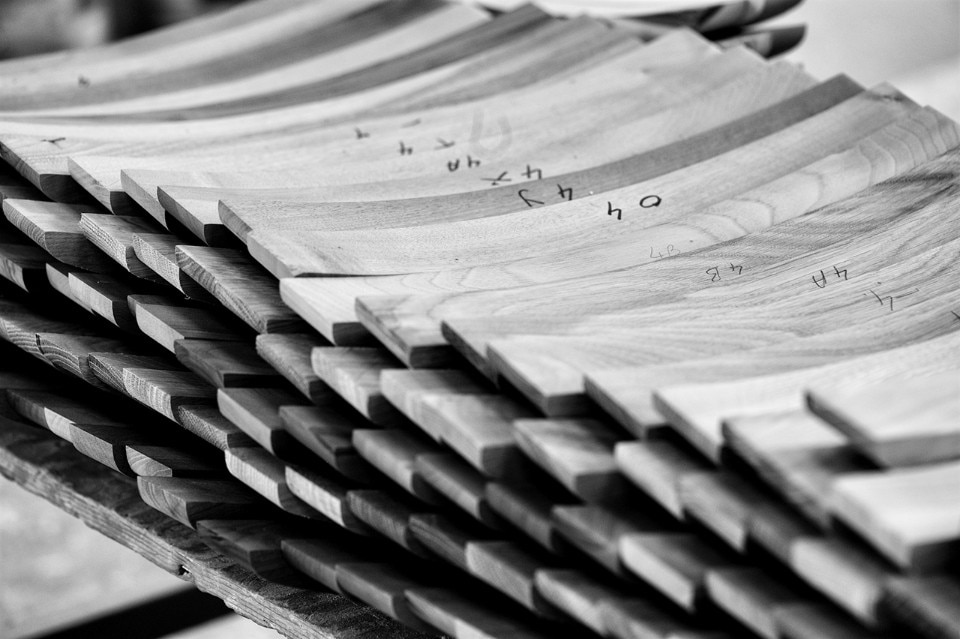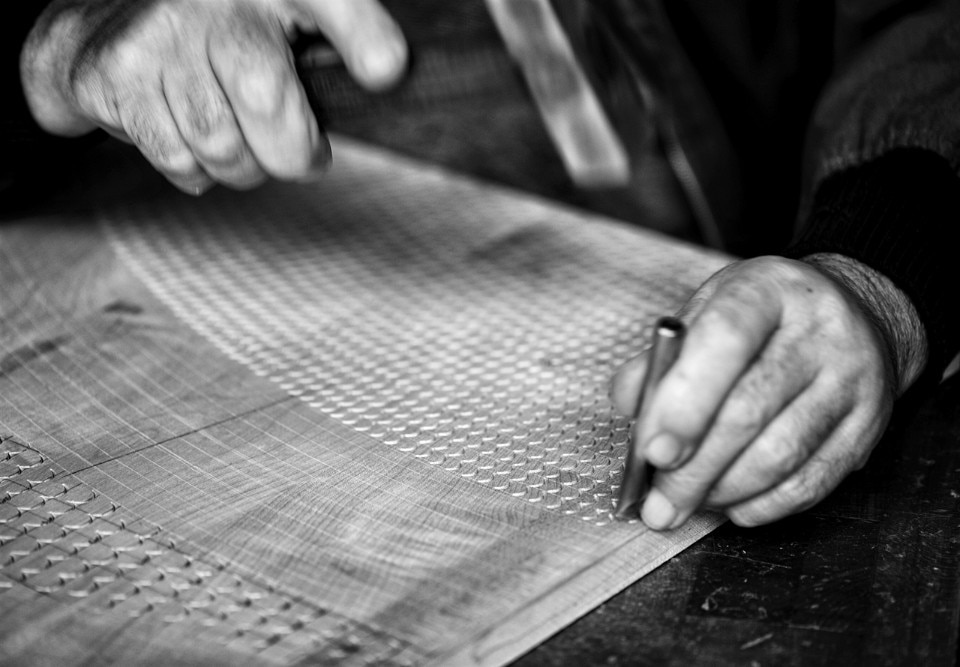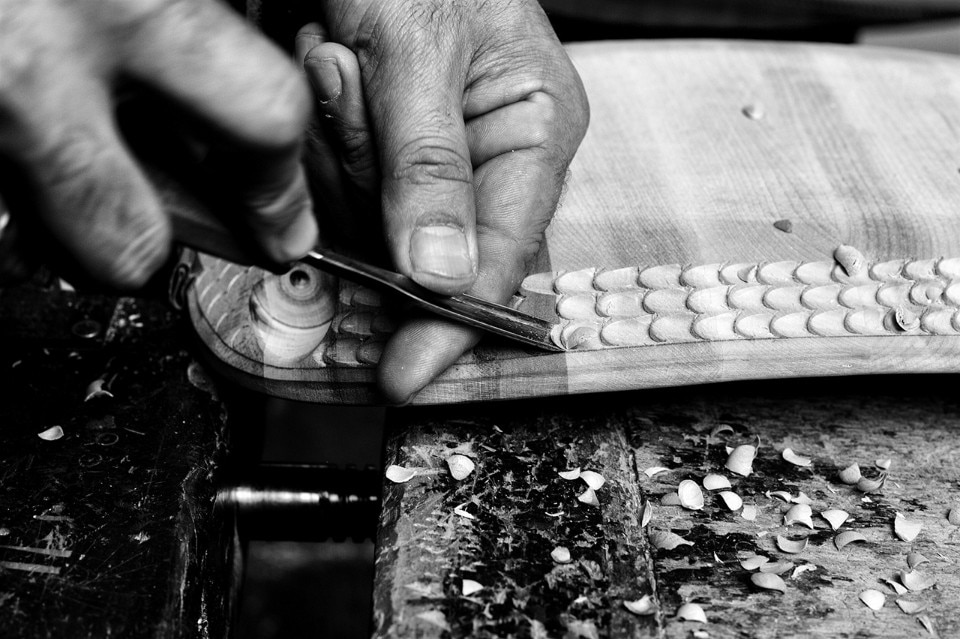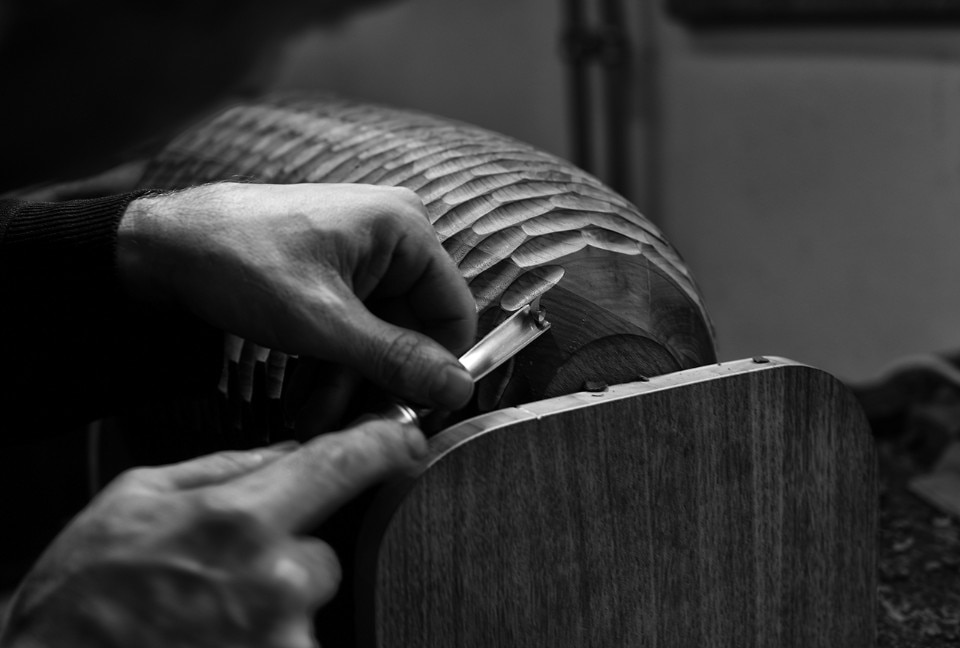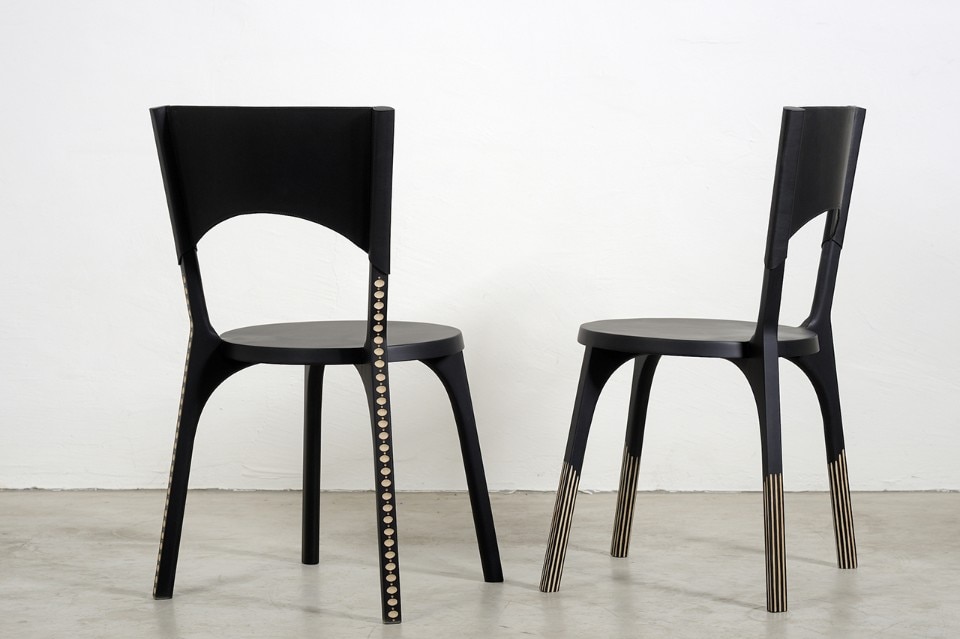Only a few years ago, more precisely in 2015, Zanat, a Bosnian furniture and accessories company specialised in wood carving, came back to its third life. However, its history has deeper roots. It all started over a century ago with Gano, a skilled woodworker from Konjic, a village south of Sarajevo. It then continued with his sons Salih, Meho, Adem and Asim Niksic, who founded the company in 1919. And then came the success, which contributed to the birth of the town's wood carving tradition, a tradition that earned Konjic a place in the world heritage UNESCO list in 2017. Led today by grandchildren Orhan and Adem Niksic, Zanat – which in Bosnian means craft – continues to renew itself by focusing on its DNA, the artisan woodworking, in at least three ways. The first way is the dialogue between craftsmanship and design, thanks to the artistic direction of Swedish designer Monica Förster. Then, craftsmanship as a means of social and economic redemption. And, finally, craftsmanship as a tradition to be promoted, with a museum inaugurated last June and the Woodcarving Academy, for the training of new craftsmen in the field. During the last Salone del Mobile in Milan, art director Monica Förster and owner Orhan Niksic talk about their formula that mixes craftsmanship, technology and design.
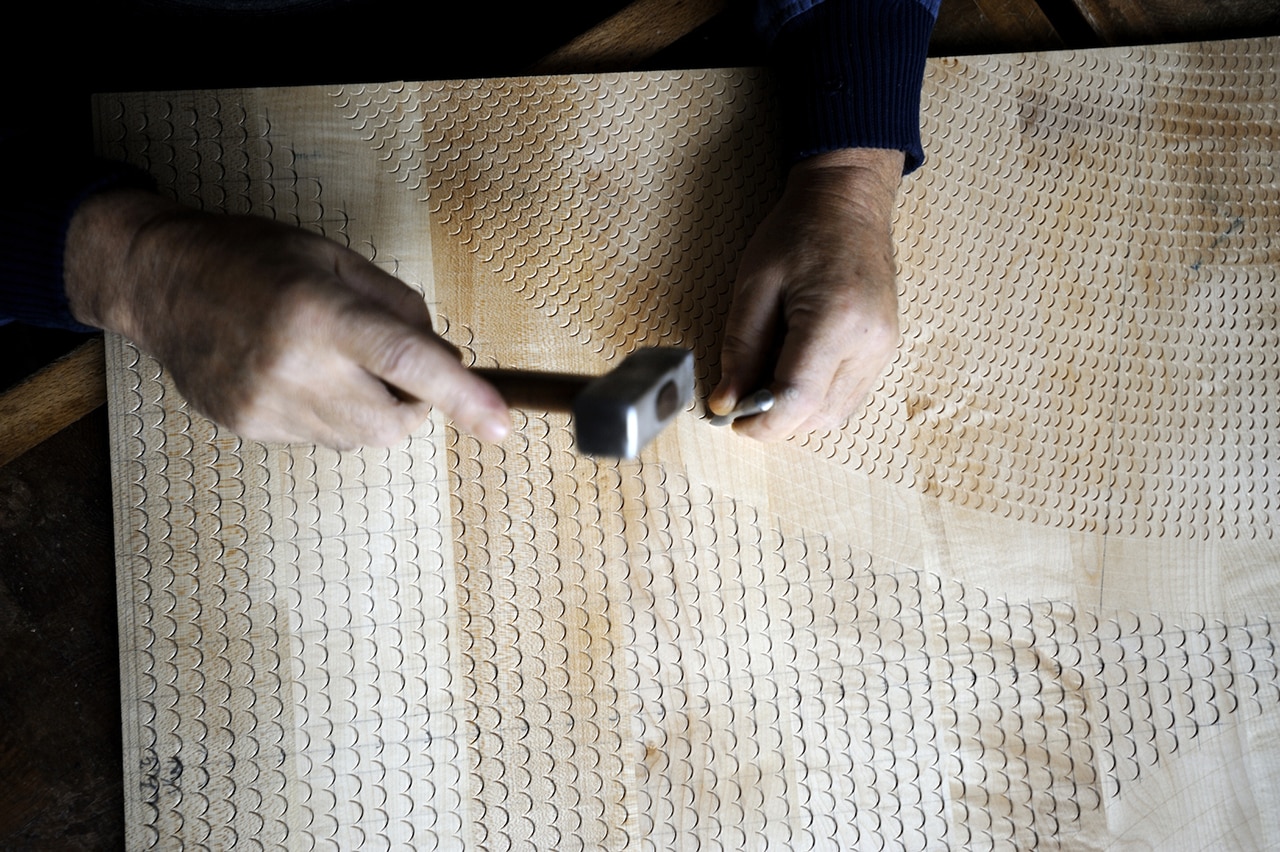
 View gallery
View gallery
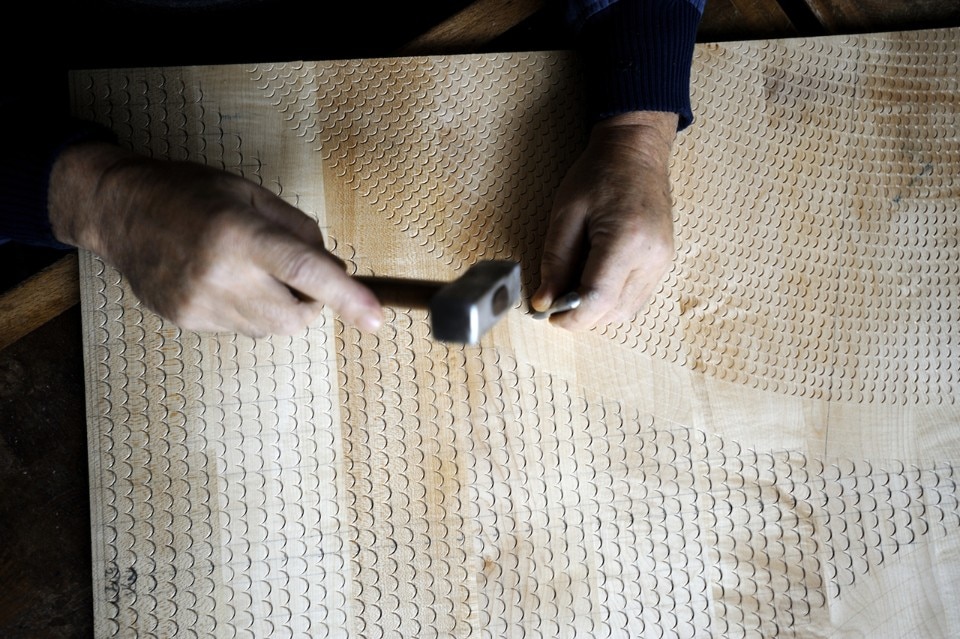
Zanat: woodcarving technique
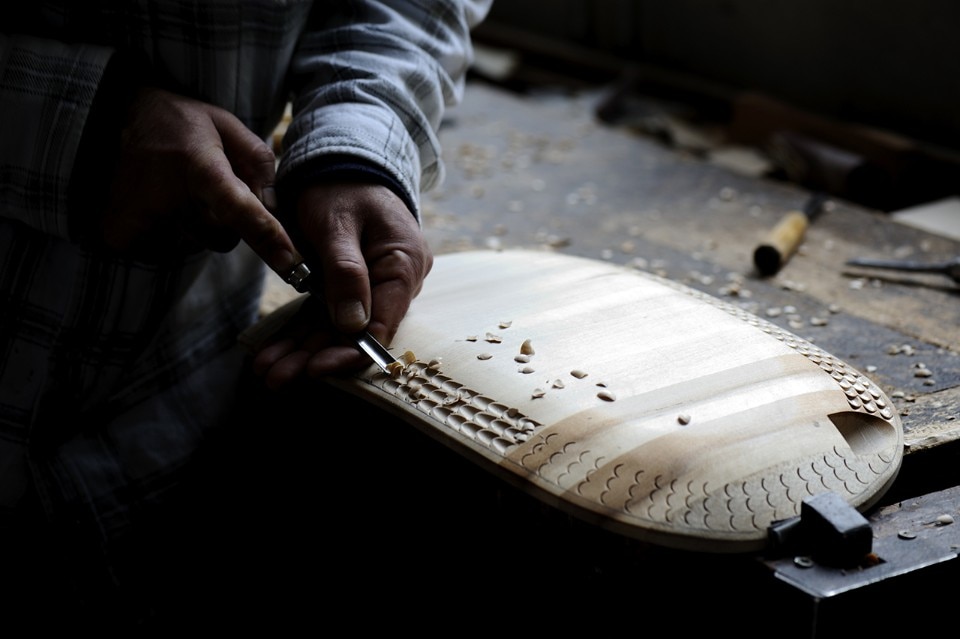
Zanat: woodcarving technique

Zanat: woodcarving technique
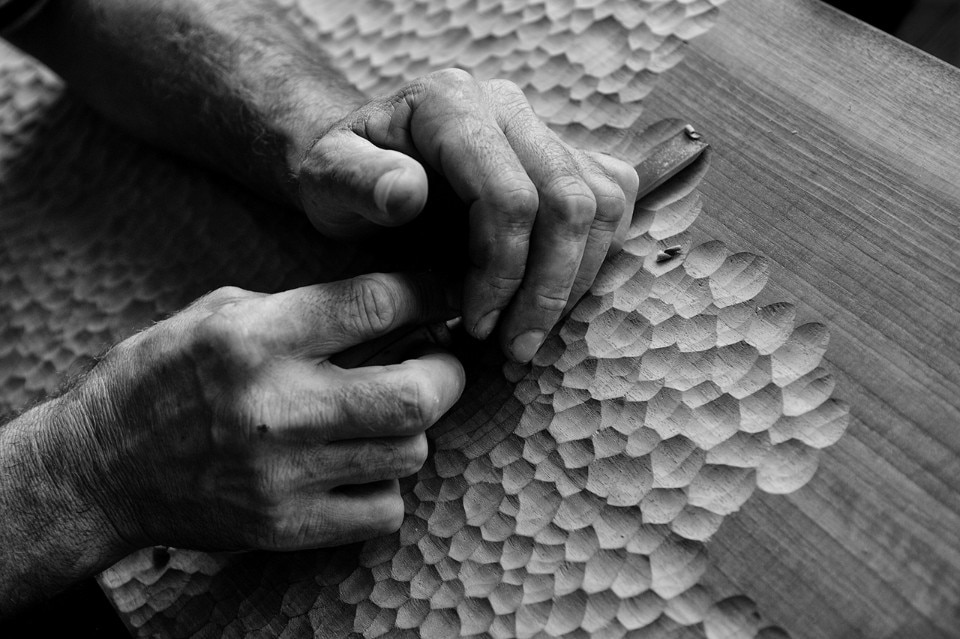
Zanat woodcarving technique
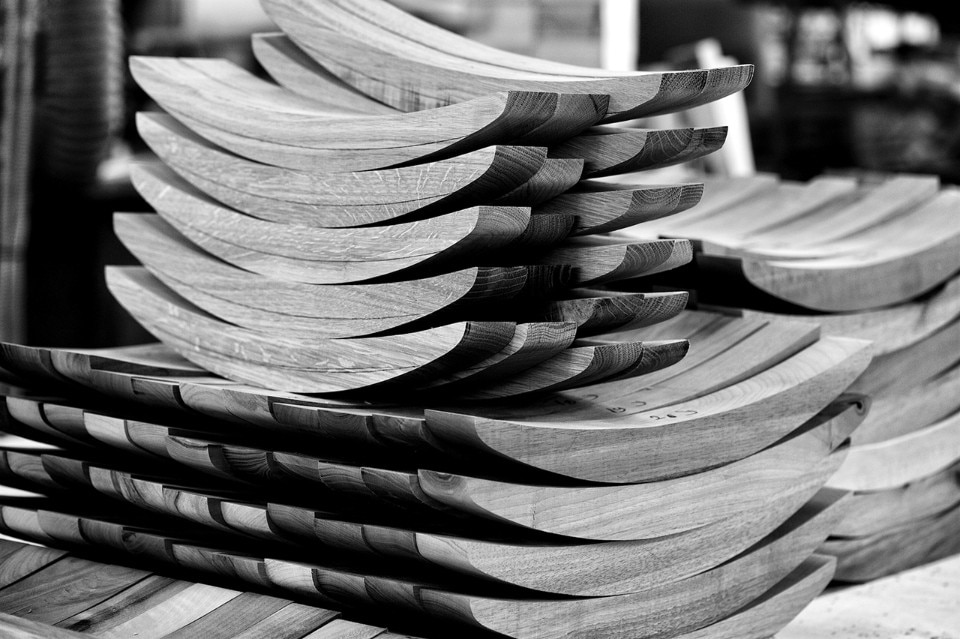
Zanat: woodcarving technique

Zanat: woodcarving technique

Zanat: woodcarving technique

Zanat: woodcarving technique

Zanat woodcarving technique

Zanat: woodcarving technique
When did the collaboration with Monica Förster start and why didn't you think instead of a local designer?
Orhan Niksic: While still preserving our traditions, we wanted to be an international brand – 90% of our sales are export – and then because we recognize ourselves in Monica's Scandinavian design and values: minimalist, democratic and accessible.
For you, craftsmanship is also a social and economic fact, can you explain how?
Orhan Niksic: When we started, there was an unemployment rate of 26% in Bosnia. The high level of craftsmanship, combined with industrial production and international distribution, offers a real job opportunity, even for young people. In addition, Zanat also provides craftsmen with a sort of marketing platform. Internally we only work with wood, but externally we partner up with craftsmen with very different skills, who work – among other things – leather and cast iron. The cover that Jean-Marie Massaud designed for us, for example, is made by a company of 300 craftswomen, all women.
How many people work at Zanat?
Monica Förster: The company has grown a lot: from 15 people four years ago, there are now 50 of us, and we are always growing. At first, there were no women in the production department, and now there are seven of them.
Orhan Niksic: I would like to add that, since it is difficult to find the craftsmen, we train them. Usually, they are young people who want to learn the craft. This year we are launching the Woodcarving Academy, together with the local university and a Slovenian institute that supports us in the certification process and with the theoretical lessons. We do the training in the company. We have also received several requests for short courses.
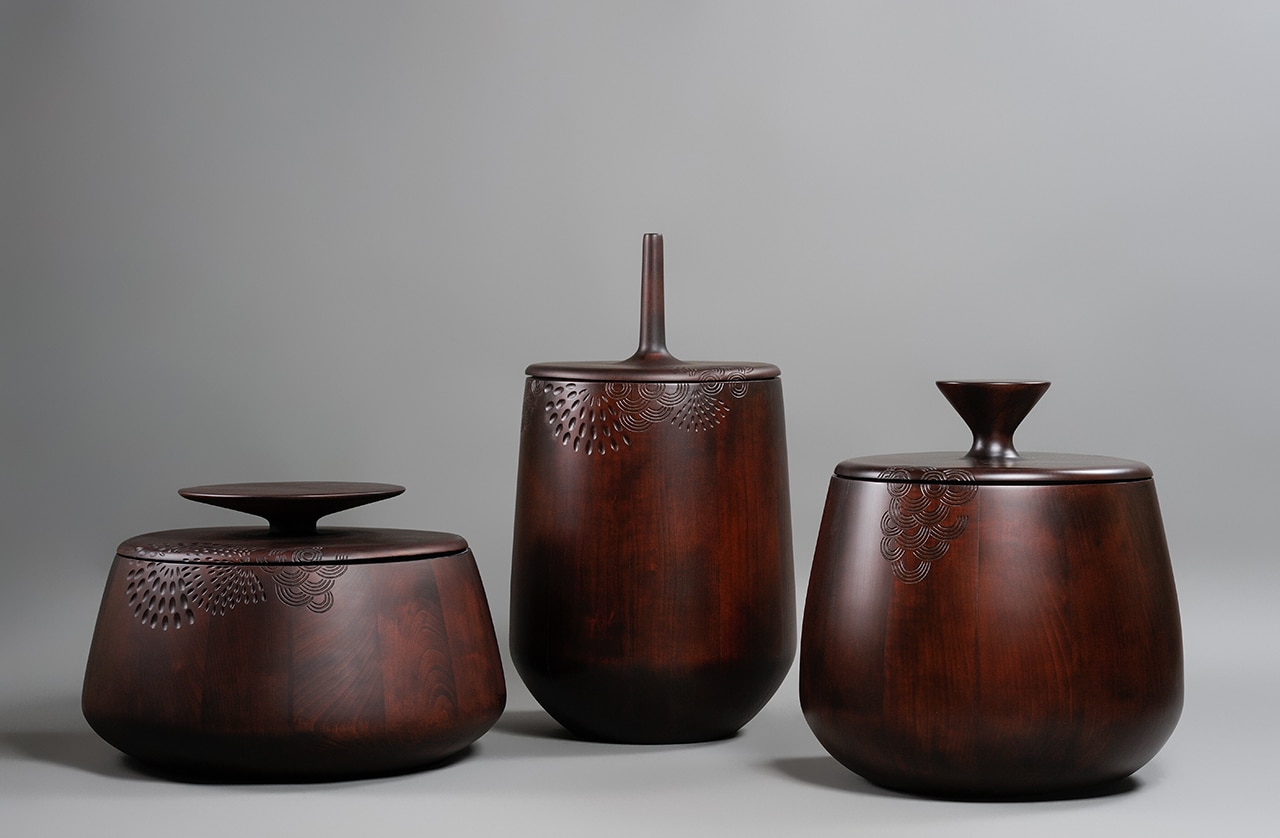
 View gallery
View gallery
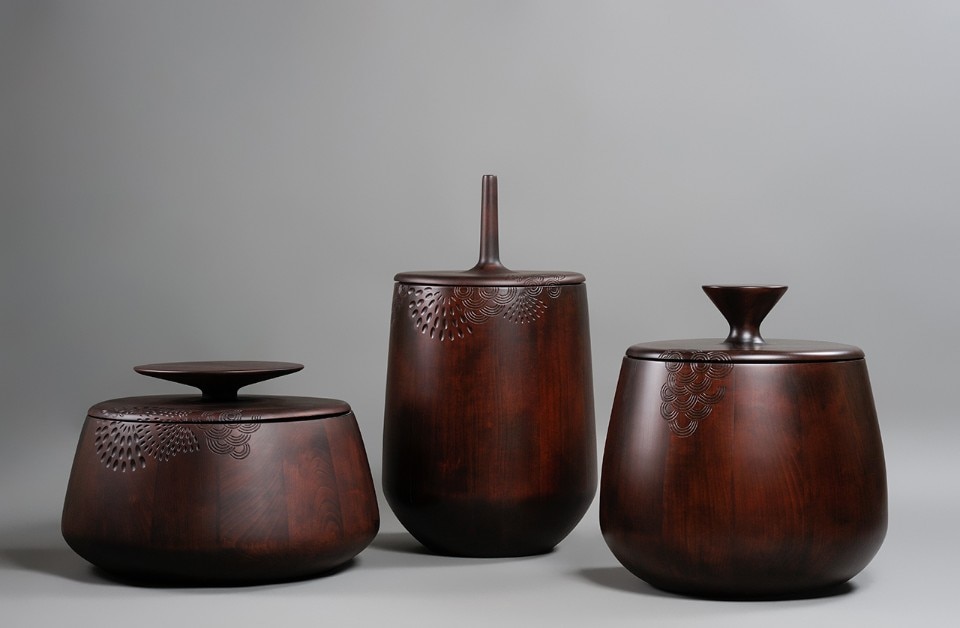
Hide & Seek containers and coffee side tables
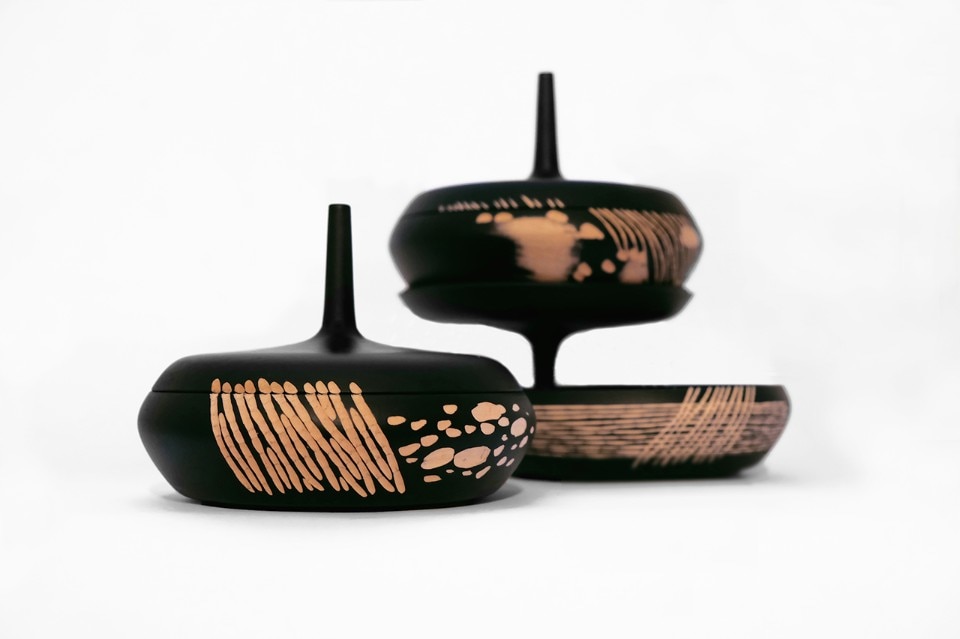
Scentainers (fragrance containers)
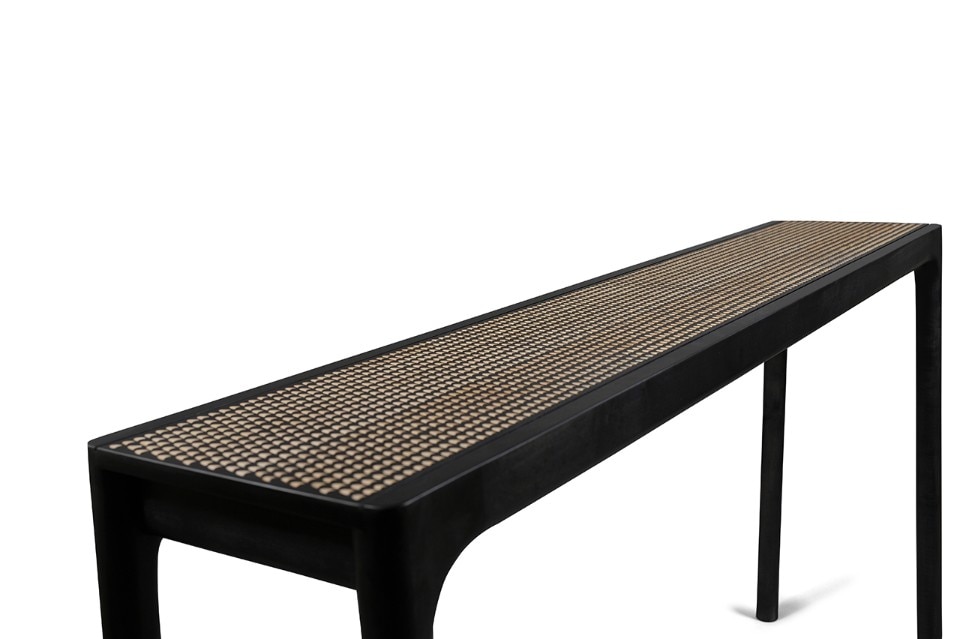
Unna Console
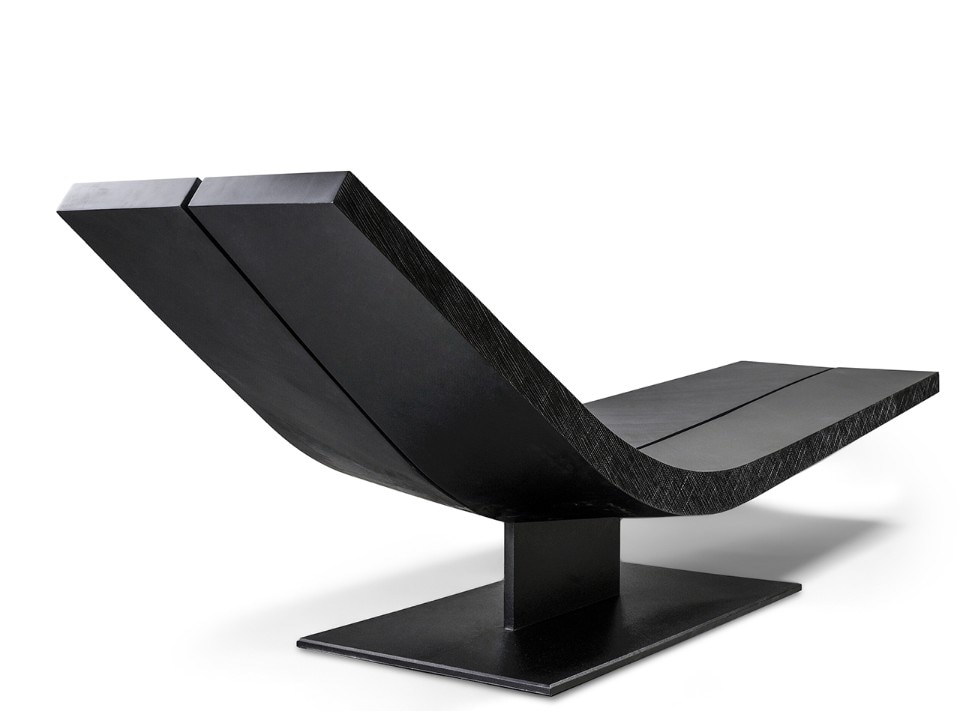
Kalia chaise-longue
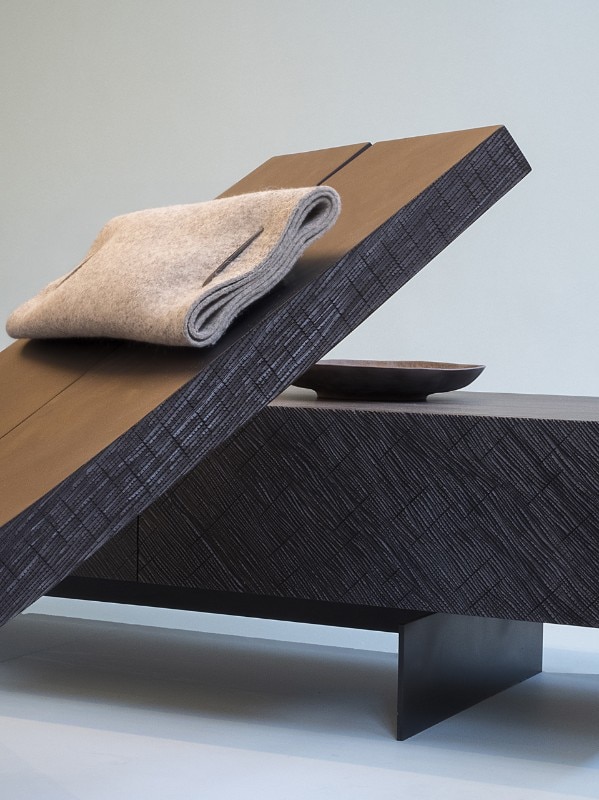
Kalia chaise-longue
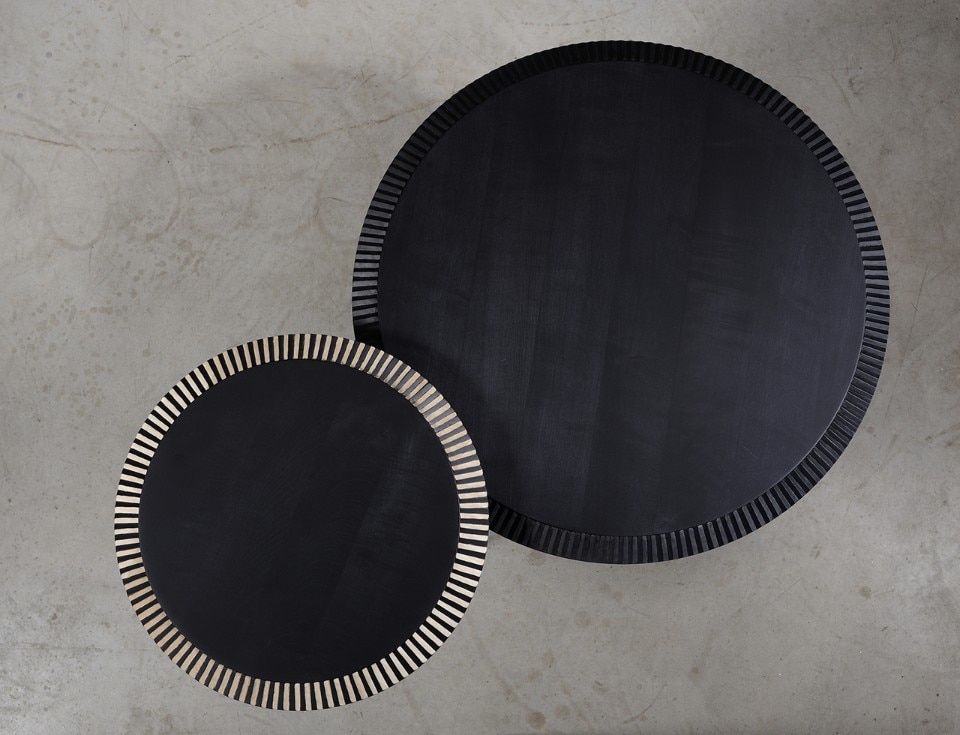
Piano Table
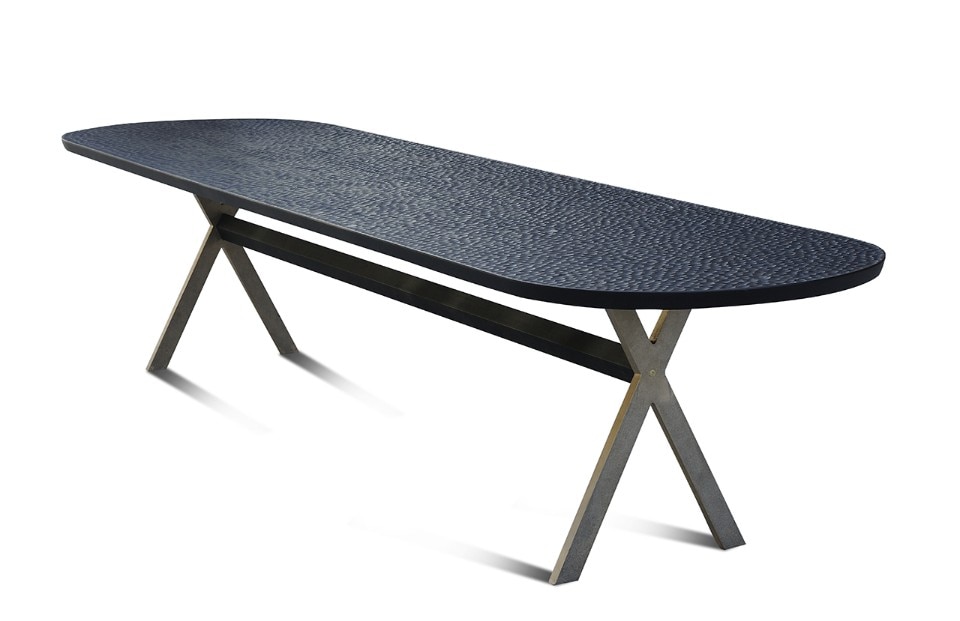
Touch table

Hide & Seek containers and coffee side tables

Scentainers (fragrance containers)

Unna Console

Kalia chaise-longue

Kalia chaise-longue

Piano Table

Touch table
Do you think that combining the minimalism of Scandinavian design with the usually more decorative wood carving technique is a winning combination?
Monica Förster: When you combine two worlds that are so different, things become interesting. As designers, we want to push the boundaries, both technical and formal, to see how far we can go. With the Zana chair, for example, I wanted to raise the standard for wood carving, but also to produce affordable, stackable, lightweight and contract pieces of furniture. We created a new type of structure, completely handmade by our carvers. It was something new for our company: we had to customize a machine to create such large pieces so quickly.
Orhan Niksic: Massaud's chaise longue looks simple, but it's actually made of 50 different pieces of wood. Each one has a specific geometry and must be 3D modelled and engineered to perfectly combine with another. We combine technology and craftsmanship. We only use technology where we think we need it because I don't think it could ever be better than what we do with our hands. Our products are never the same. It's a process of continuous learning and discovery.
What characteristics should a Zanat designer have?
Monica Förster: When designing a product, he must always consider the economic and political context.
Orhan Niksic: He must be able to influence the production processes in order to have a socio-economic impact, while preserving our cultural and artisan tradition.


